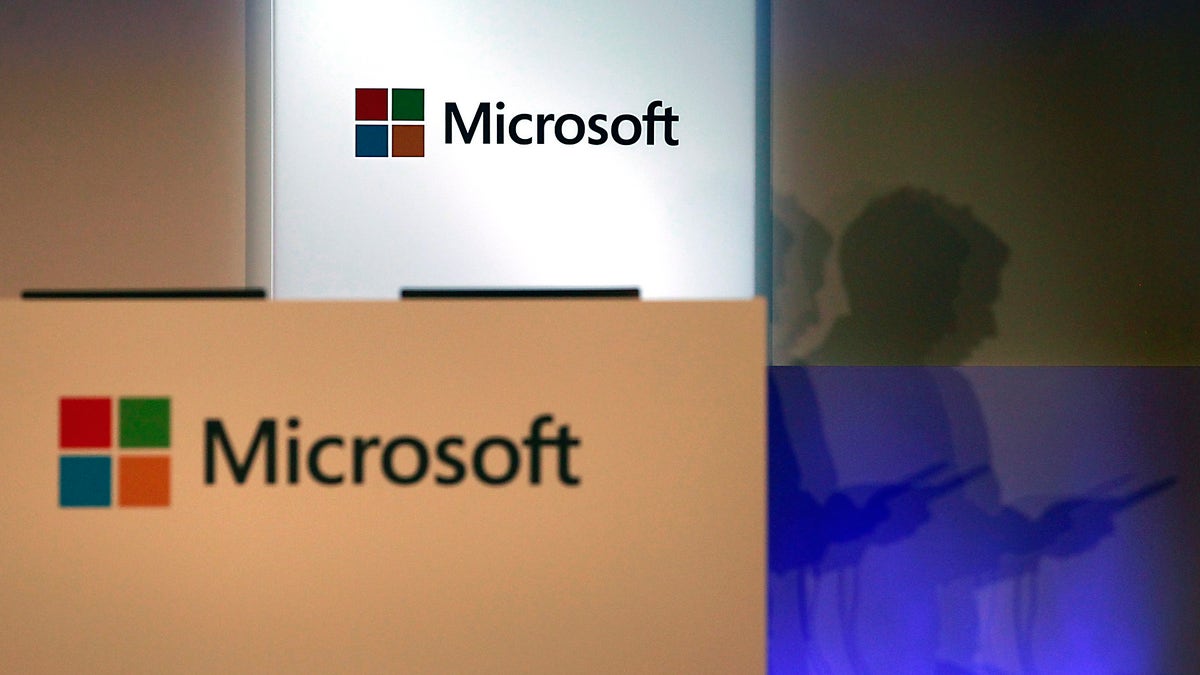
A shadow of a man using his mobile phone is cast near Microsoft logo at the 2014 Computex exhibition in Taipei June 4, 2014. Computex, the world's second largest computer show, runs from June 3 to 7. REUTERS/Pichi Chuang (TAIWAN - Tags: BUSINESS LOGO SCIENCE TECHNOLOGY) - RTR3S3OQ (REUTERS/Pichi Chuang)
Microsoft wants you to stop using old versions of its Internet Explorer (IE) browser, with the computer giant announcing Thursday its intention to end support for all versions but the latest one – depending on which Windows operating system you’re running.
If you’re still exploring the Web using any of the old iterations of IE, you have plenty of time to get your house in order – 17 months, to be precise. Fail to follow Microsoft’s advice to upgrade, however, and you’ll be left using a browser no longer receiving important security updates, with tech support withdrawn, too.
Continued IE security updates and tech support depends on which operating system you’re using (see the table below). So, for example, Vista users will need to have IE 9 running to stay in the loop, while users of Windows 7 and above should have the very latest version of IE available – in other words, IE11. According to Microsoft, you’ll need to make any necessary changes to your system by January 12, 2016.
In a blog post announcing the development, Roger Capriotti, director of Internet Explorer, said it was important to have the latest version of IE running otherwise your machine could be vulnerable to all kinds of security breaches, putting your personal data at risk.
Related: Best Web browser? We compare IE, Chrome, Safari, Firefox, and Opera
“Web app developers, too, can work more efficiently and create better products and product roadmaps if their customers are using modern browsers,” Capriotti said in his post, adding that using the latest version of IE simply means you’ll have a faster, smoother and safer experience navigating the web.
The Redmond-based company also advised commercial customers who’ve built Web apps for older versions of IE to upgrade and make use of IE11′s Enterprise Mode, which offers backward compatibility with legacy Web apps.
Last month we learned that IE is still by far the most popular desktop Web browser, with its global market share as of June standing at 58.4 percent. In contrast, Google’s Chrome browser currently has a 19.3 percent share, while Firefox is a little way behind at 15.5 percent.
While most Windows users will be using the most recent version of IE available for their computer, there’ll be plenty who still haven’t gotten around to upgrading to the latest version, though Microsoft is now starting to push for the change to be made.
